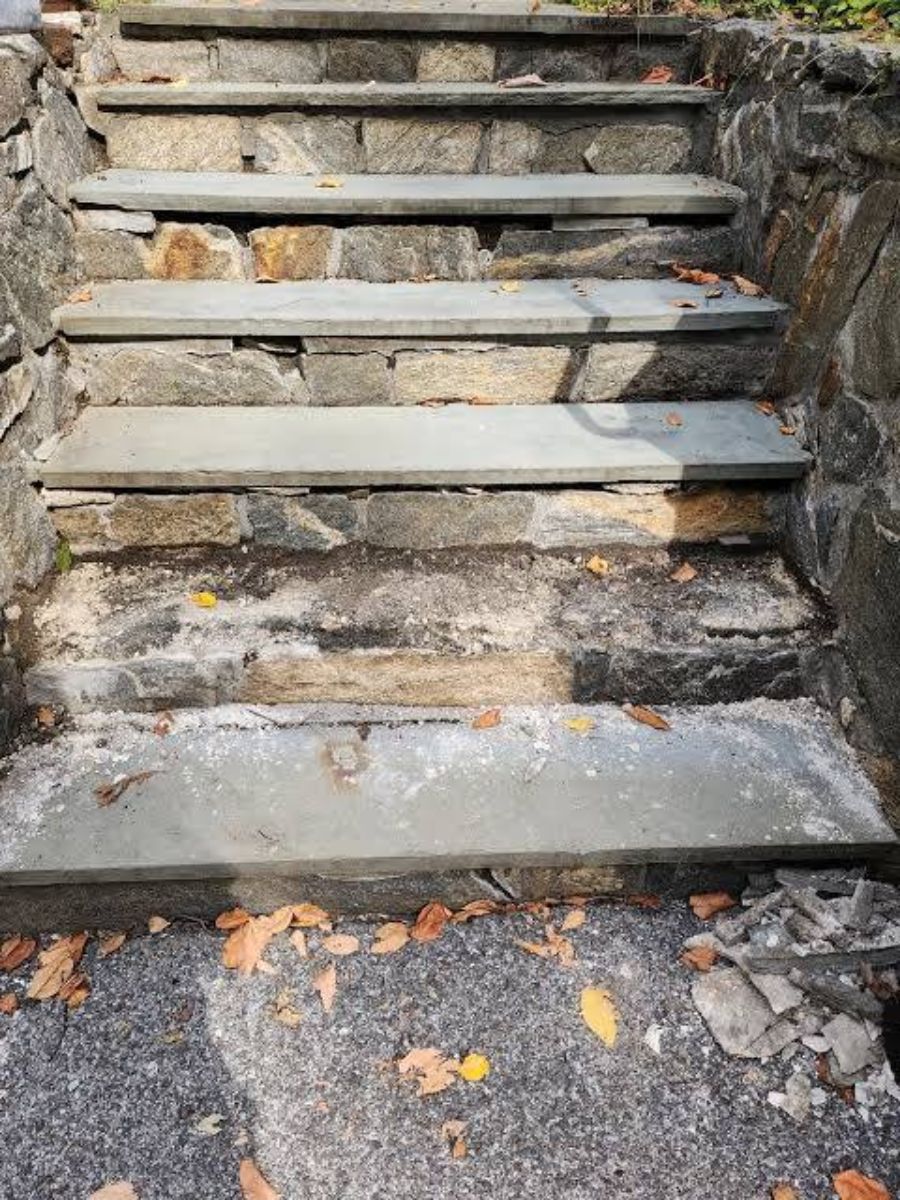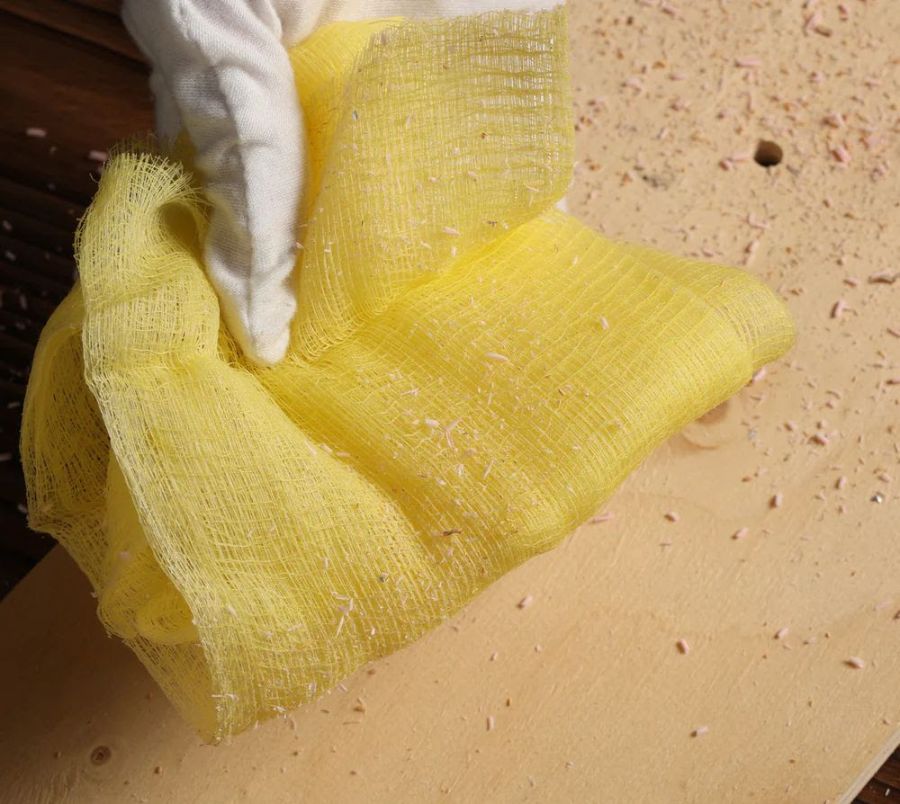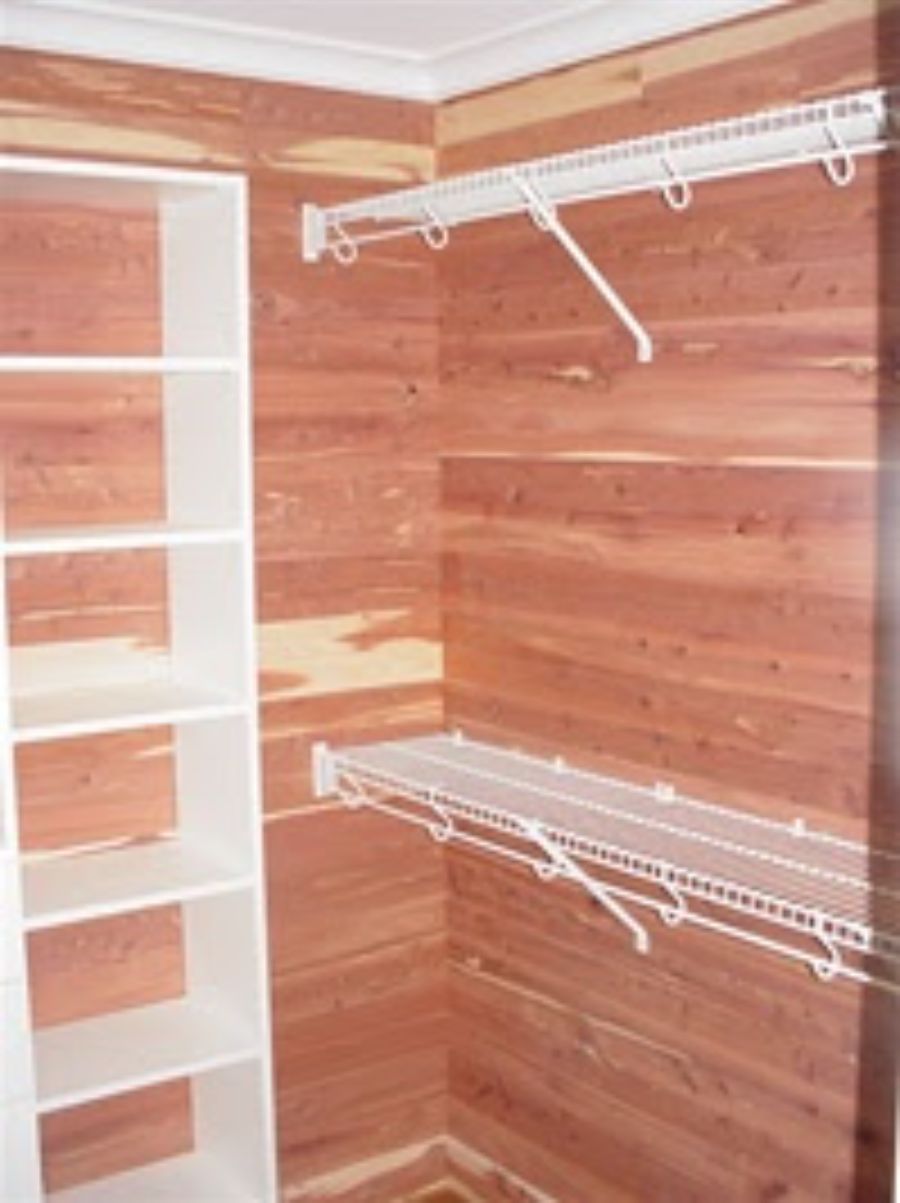Bluestone stair tread caps can be beautiful and durable, but many homeowners are surprised when they begin to “pop,” loosen, or shift out of place.
When this happens, it usually means something has gone wrong beneath the stone that needs attention before the problem becomes worse.
Many homeowners have no idea that this is even a potential issue.
When visiting someone’s home and notice that they have bluestone stair treads, I often ask if I could give the caps a little tug to see how well they are fastened.

Most people have no idea that this is even a potential problem and often when they see me easily pick up the cap, the next obvious question is “How the heck did that happen?”
One of the most common causes is water getting under the bluestone.
When water sneaks into small gaps between the stone and the mortar bed below it, several things can occur.
In warm weather, the water can weaken the bond between the stone and the base.
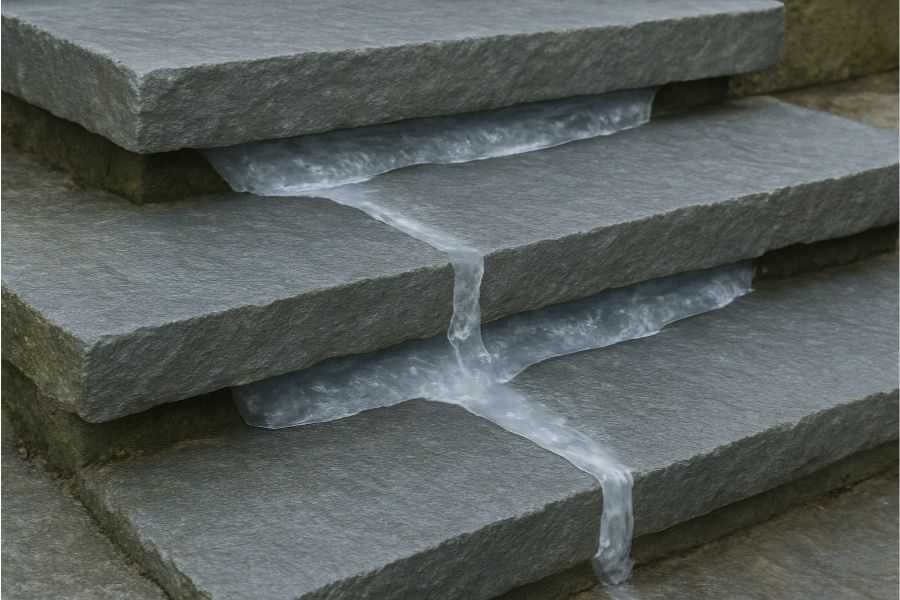
In cold weather, the water can freeze, expand, and push (or “POP!”) the stone upward.
Another cause is poor bonding material.
Sometimes the mortar used during installation is too dry, too thin, or not strong enough to hold the stone well.
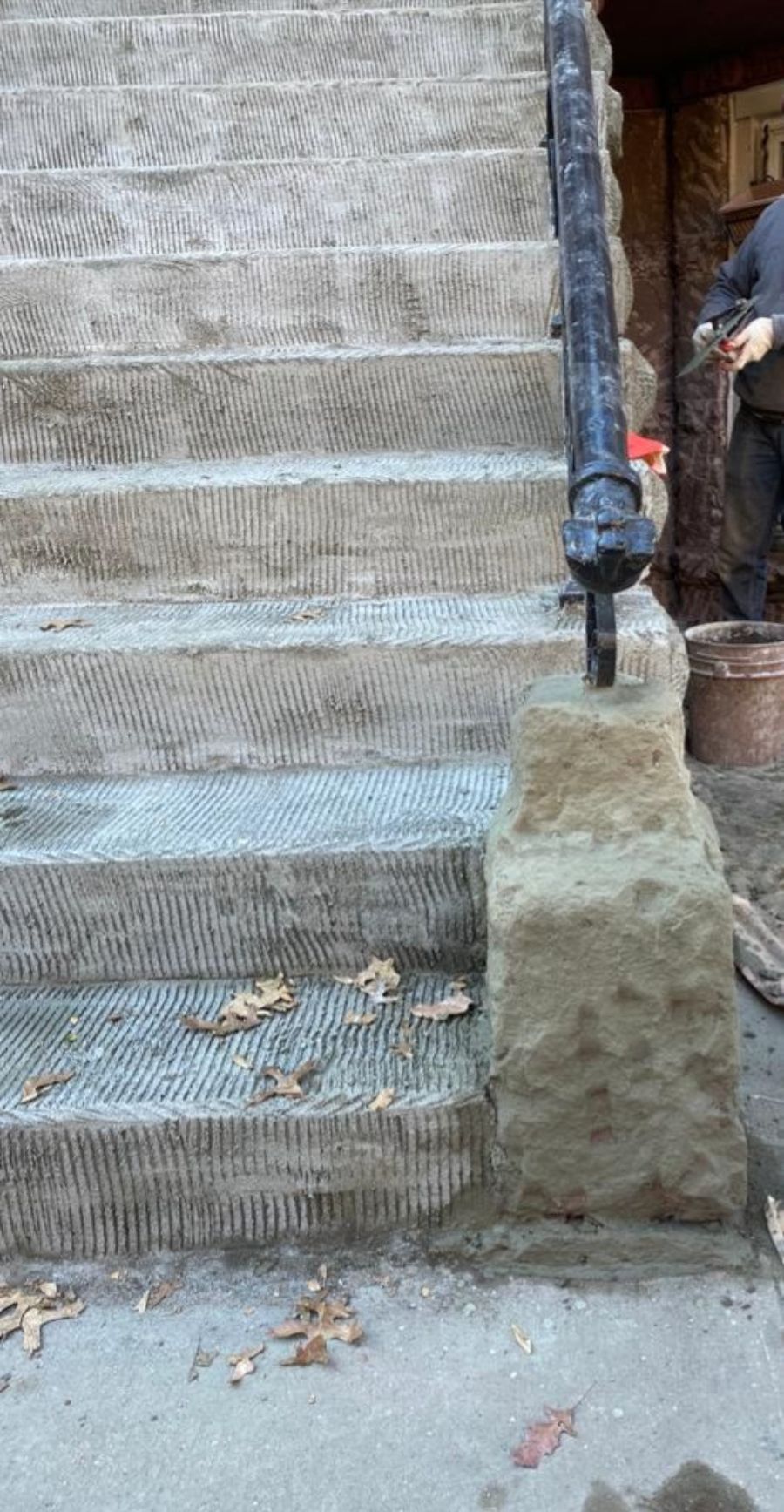
If the stairs were built with the wrong type of adhesive or without a proper scratch coat (the initial layer of cement-based mortar that enhances the adhesion), the bluestone may not grip tightly and can loosen over time.
Movement in the structure can also cause the popping.
If the concrete beneath the treads cracks or shifts, the stone above it can start to move.
Even small vibrations from foot traffic or settling soil can slowly break the bond holding the stone in place, causing it to rise or shift.
To fix popping bluestone stair treads, the first step is removing the loose pieces.
The stone should be lifted carefully to avoid breaking it.
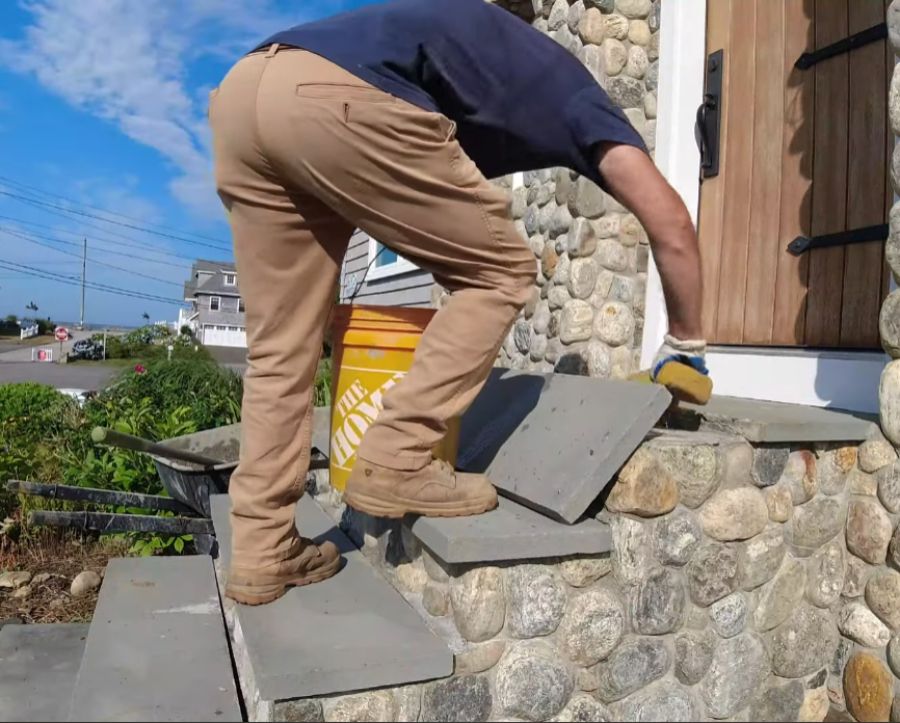
Once removed, the old mortar or adhesive underneath must be cleaned out completely.
Any cracked or weak areas of the concrete base should be repaired so the new bond has a strong and level surface to attach to.
After the surface is prepared, a fresh layer of high-quality mortar or a strong stone adhesive should be applied.
The mortar needs to be mixed to the right thickness and spread evenly so the stone sits flat.
Pressing the stone down firmly helps remove air pockets that could weaken the bond. Some installers also lightly tap the stone with a rubber mallet to secure it.
Proper drainage is another key part of the repair.
If water has been sneaking under the bluestone, the repair will only last if the source of the moisture is addressed.
Sometimes small pitch changes are needed so water flows away from the steps. In other cases, joints between stones must be sealed carefully to prevent water from getting underneath again.
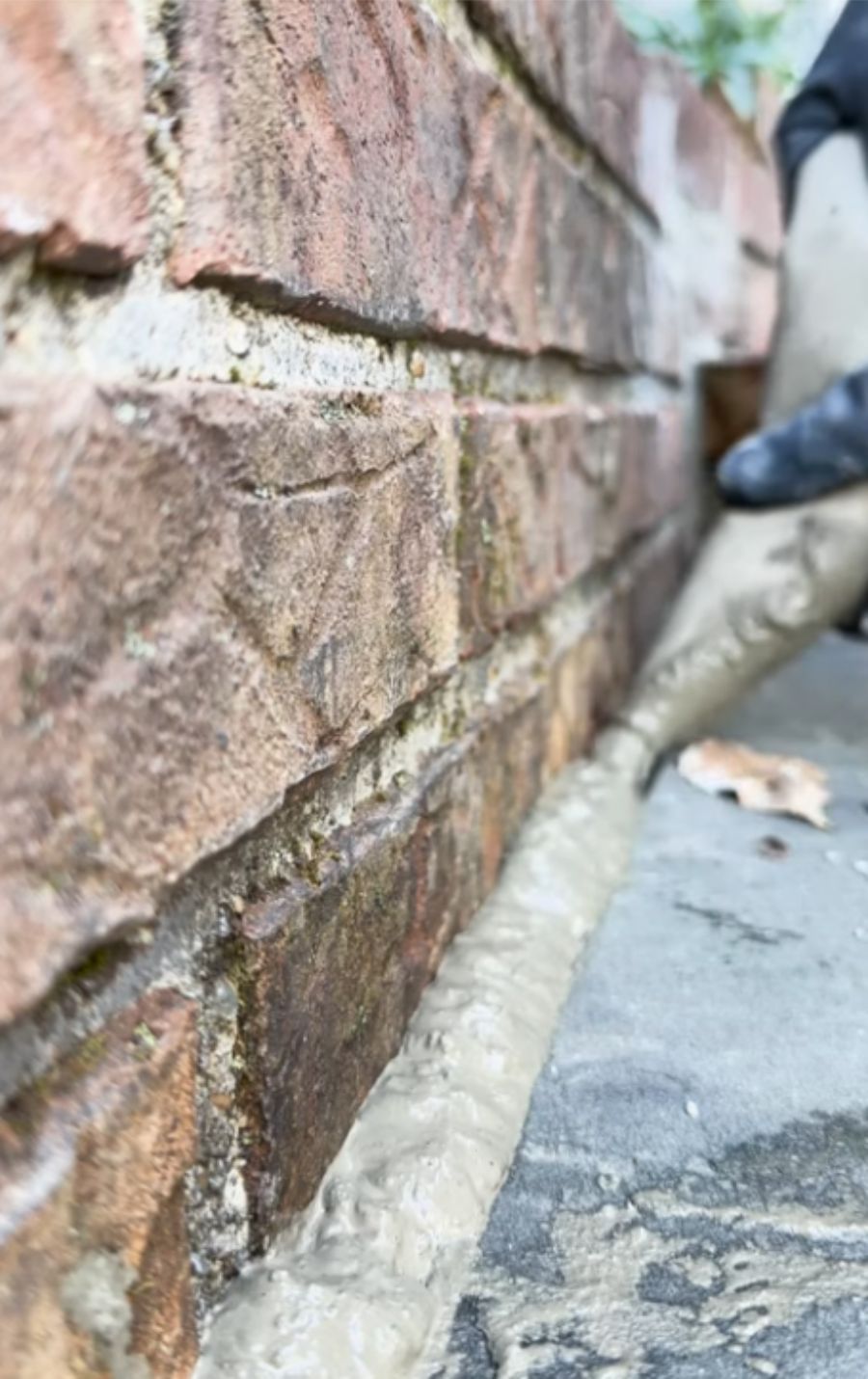
Once the stone has been reset, the joints around it should be filled with fresh mortar.
These joints help lock each stone into its position and keep water out.
Letting the repaired area cure fully before using the steps is important, since early pressure can shift the stone before the mortar becomes solid.
To keep bluestone stair tread caps from popping again in the future, regular care is helpful.

Checking the joints each year, ESPECIALLY after Winter, can prevent small gaps from turning into bigger problems.
Cleaning away leaves, dirt, and debris also keeps moisture from sitting on the stone.
If you notice cracks early, fixing them quickly can save you from larger repairs later.
These small habits help to protect your steps very nicely.
With proper installation, good drainage, and appropriate maintenance, bluestone steps can stay safe, strong, and attractive for many years.
Follow Us on Social Media!

